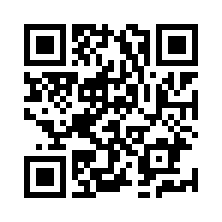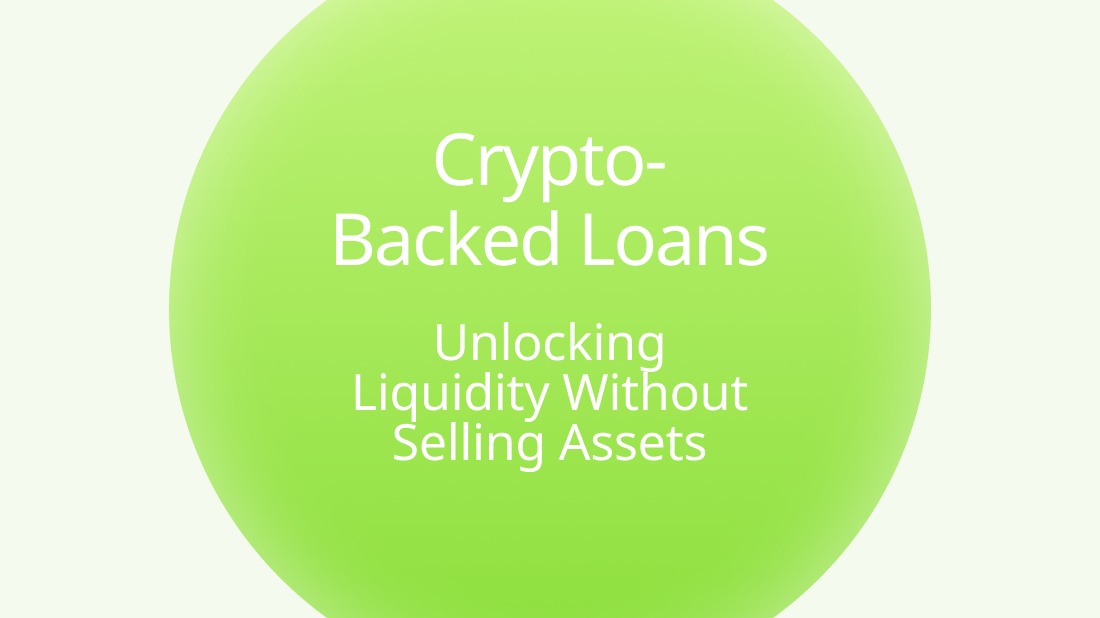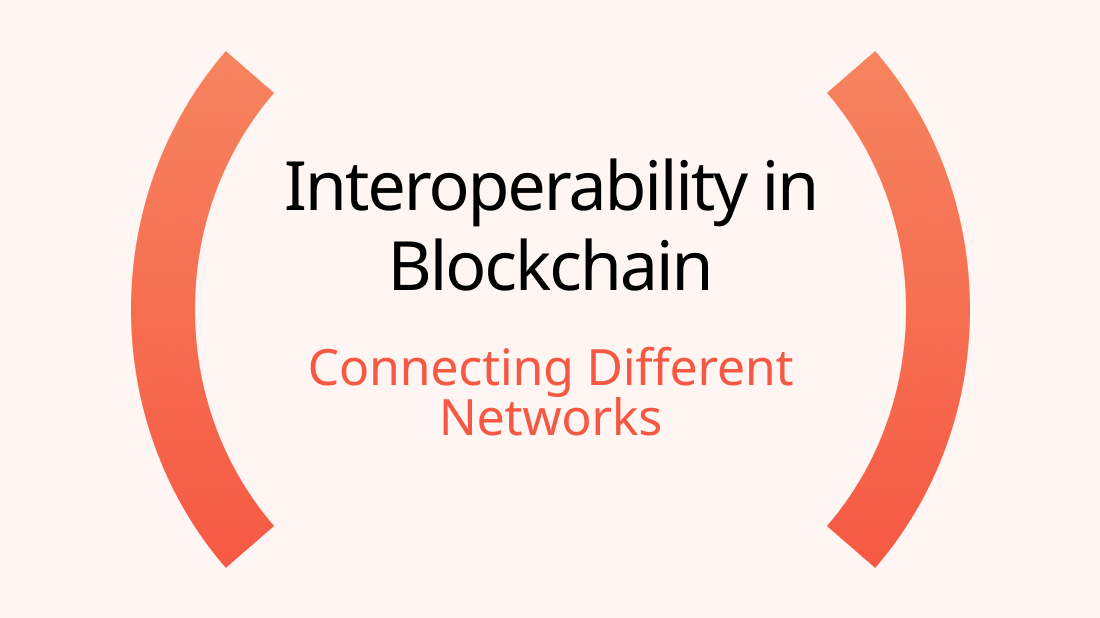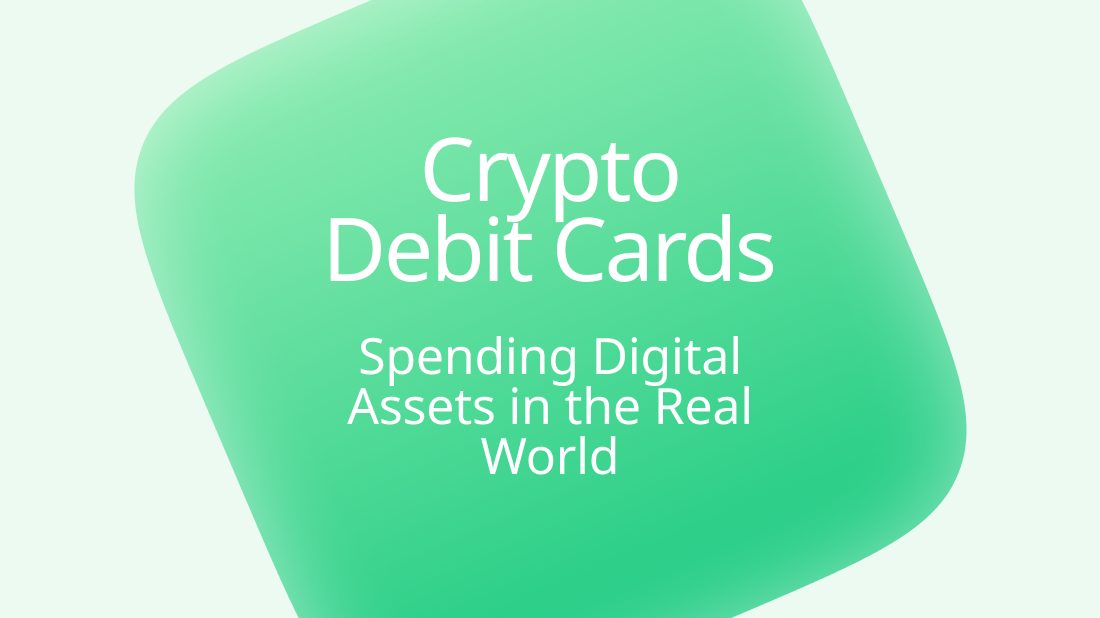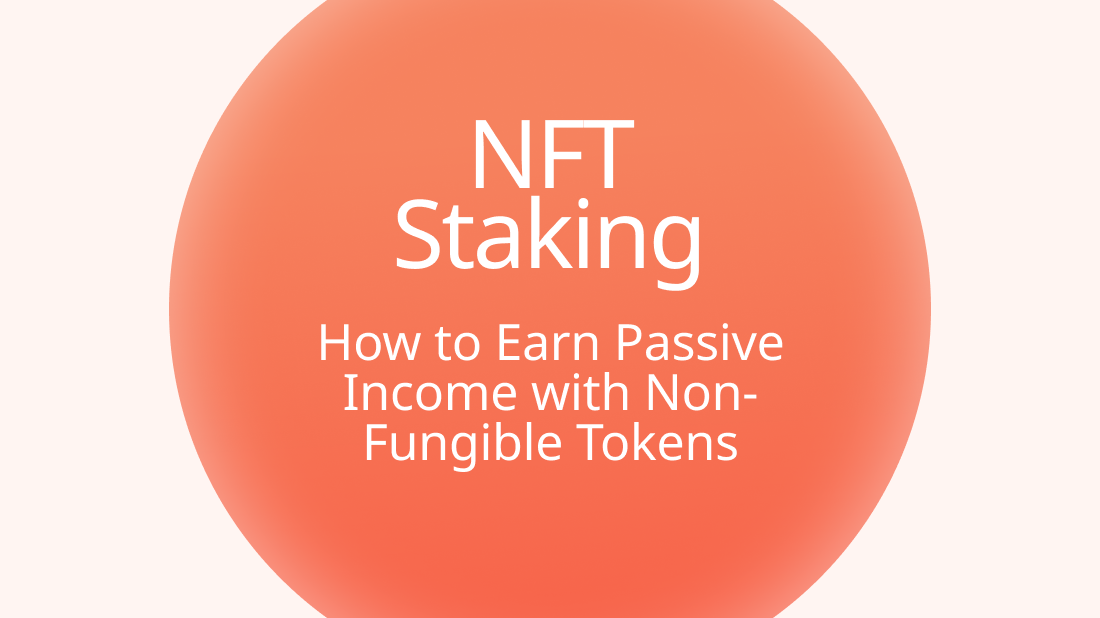What Is NFT? Non-Fungible Tokens Guide For Dummies
.png)
We all remember 2021 thanks to two new terms: "Metaverse" and "NFT". Then it seemed to us something unrealistic, but today it is part of contemporary art. People create, buy and collect NFT drawings, form entire communities and platforms, and use NFT technology to develop businesses and attract customers. The virtual world is no longer a distant future but a part of our everyday life, which will increasingly penetrate all spheres. So what is NFT definition for dummies?
Introduction to NFTs: More Than Just Digital Art
What are NFTs for dummies? NFTs explained as an entry in a blockchain ledger that represents a real object. NFT allows you to digitize any object, picture, video, etc. It is a digital certificate confirming the ownership of a certain asset. Non-fungibility means that something is unique and cannot be replaced. On the contrary, physical money and cryptocurrencies are fungible, which means that they can be sold or exchanged for each other.
Irreplaceable tokens ushered in the digital renaissance, empowering creators and reshaping industries. From revolutionizing the art market to exploring new frontiers in music, gaming, and more, NFTs defined as ones that have disrupted the status quo and opened up a world of possibilities for the digital realm.
The Technical Backbone: How Do NFTs Work?
From a market point of view, the essence of tokens is that they are digital tags that imply undeniable and sole ownership of the original object. NFTs definition is connected with a blockchain. When you buy some NFT, a record automatically appears in the blockchain that this token belongs to you. Also, all data about the transaction is stored there, including the amount of the purchase.
As an element of the crypto market, NFT objects work with blockchain technology. When you create a token, you will automatically be recorded as its creator, and until the first sale, you will have a unique right to it.
Then, considering NFT for beginners, when you sell the object of your creativity, the buyer, the date of the transaction, the amount, and so on will be recorded in the blockchain. After that, the only one with the right to this token will be your buyer.
Tokens can be resold without restrictions, and the seller determines the price only.
Thanks to the blockchain, transactions are safe and as accurate as possible. No one can fake data about a transaction or a token because there is no single place where this information is stored - it is recorded everywhere and at once. All sources are constantly checked for verification. NFTs for dummies mean that the buyer has a guarantee.
Popular Use Cases: Beyond Collectible Cats and Tweets
What is nft's? Essentially, NFT holders automatically receive digital proof of ownership. This means that NFT can be used in various commercial projects in the future, which implies additional profit. Let's consider how NFTs explained and the top ways to use NFT and the prospects of this industry.
1. Digital Art and its Booming Market
Traditionally, digital and physical art have had differences, as the former could be easily copied and distributed. For example, piracy of digital images or files in digital media formats is almost impossible to control. As a result, digital art could never have the same value as even a beginner artist's basic watercolor.
NFTs defined ones that have turned this model upside down. Artists worldwide can turn their graphic designs, digital images, or photos into NFTs that can be bought and sold. The blockchain records all transactions without the risk of forgery, and artists can even receive royalties when an image or media file is used for commercial purposes.
2. NFTs in the Music Industry: Artists Taking Control
NFT tokens allow artists to connect directly with their audience by selling digital music files. The NFT for dummies can be programmed to limit income distribution to a certain point and no more, ensuring that the artist's rights are not violated. Companies like Autograph.io even let you tokenize autographs.
3. Virtual Real Estate: The New Frontier
NFT for beginners shows that digital real estate is another popular use case for NFTs. Individuals and companies can create virtual offices in the Metaverse to communicate more with different customer segments, both offline and online. Investors can buy and sell these plots at a profit or rent them out. These lots can be worth millions of dollars, so establishing ownership is essential.
4. Collectibles, Gaming and In-Game Assets
Digital collectibles are the most popular when using NFT tokens, as they allow you not to duplicate game assets. As they progress through levels, players can earn assets with intrinsic value and then trade or sell them. The value of unique in-game items can increase over time, helping players make a profit. Even when players stop playing, they continue to own NFTs and can profit from them in the future.
Conclusion: Weighing the Pros and Cons of NFT Engagement
What is nft's? NFTs have been a popular phenomenon in the crypto market for some time now. The turnover of tokens today amounts to tens of billions of dollars, which gives reason to believe that this direction is profitable and promising. But, to make money on tokens, you need to study the issue in detail, and pay attention to all the opportunities and risks. What is an nft for dummies? After all, only an organized approach can lead to success and understanding of it.

